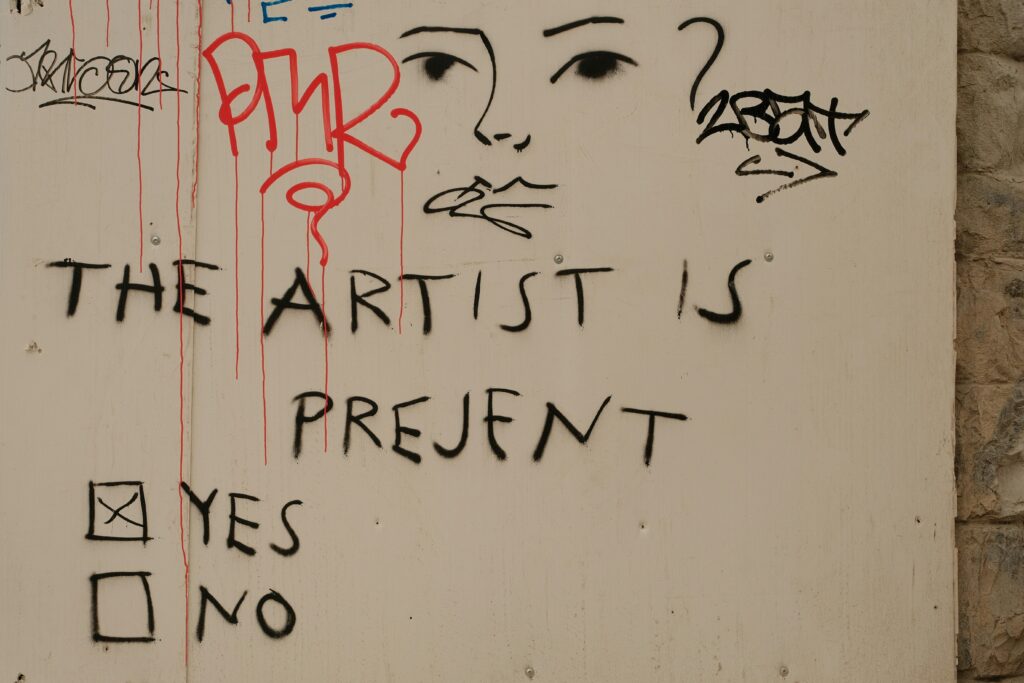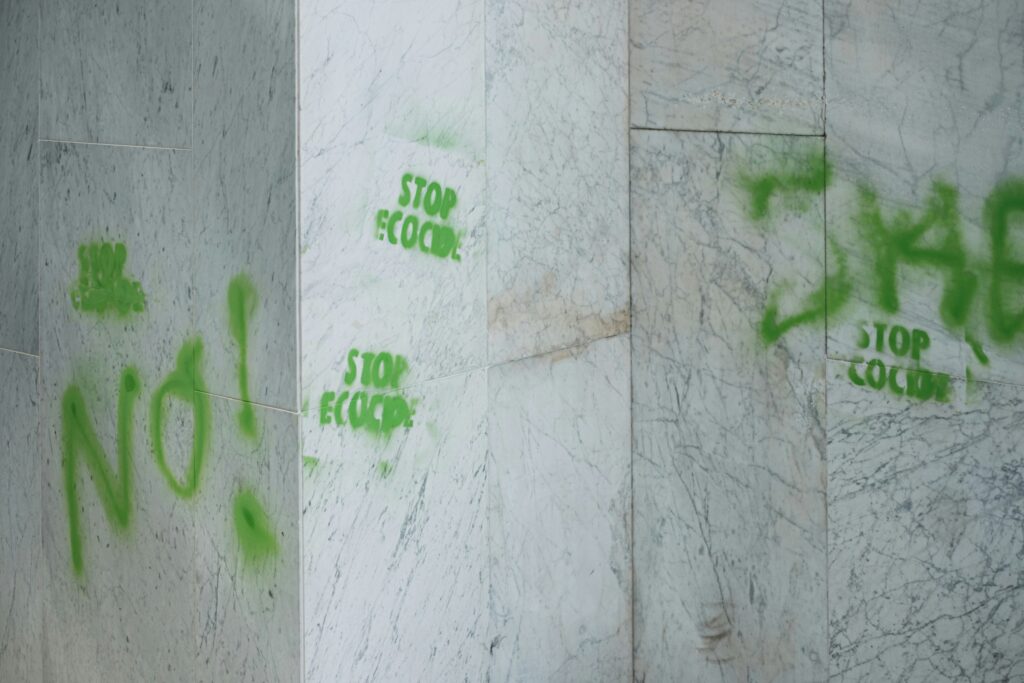Vlogging has been through stormy weather and still stands strong. Algorithms changed, platforms came and went, but the core remained: real people telling real stories, on camera. This adaptability is what kept vlogging alive while other formats faded. In 2023, creators kept pace by shifting from high-polish production to more raw, relatable content. Viewers didn’t want big-budget gloss—they wanted quick hits of authentic life.
Now in 2024, the momentum is shifting again. The line between creator and audience is getting thinner. Engagement isn’t just a metric, it’s a form of co-creation. Meanwhile, platforms are cracking down on bots, duplicate content, and low-effort uploads. That means creators with originality, rhythm, and a clear voice will outperform.
Why should vloggers care? Because showing your face and telling your story is still powerful. But the rules of attention are changing. What got you noticed last year might get ignored today. Vlogging in 2024 demands clarity, speed, and presence. The good news: creators who tune in and adapt have more tools than ever to grow.
Surrealism isn’t stuck in museums anymore. Artists today are tapping into digital media to bring dream logic into motion. Strange juxtapositions, shifting realities, and impossible scenes that once lived only in a painter’s imagination now unfold in full color and movement on screens. CGI, 3D modeling, and AI are powerful creative enablers here — not just for special effects, but for bending time and space, stitching together visuals that feel like waking sleep.
These tools let creators build scenes that defy physics but hold emotional weight. A melting staircase, a forest made of eyes, a city that folds in on itself — these aren’t just gimmicks. They’re symbols, metaphors, and feelings made visual. And thanks to platforms like YouTube, TikTok, and even VR galleries, these experiences can reach wide audiences instantly.
Surreal storytelling works online because it thrives on emotion over explanation. These stories don’t follow strict plots. They hit like a mood, a vivid fragment carried by sound, texture, and movement. Attention spans may be short, but impact can still be deep — especially when the surreal connects with something personal.
Contemporary digital surrealism isn’t about melting clocks anymore. Today’s artists are merging old-school surrealist instincts with new tech—AI-assisted imagery, glitch aesthetics, and impossible physics brought to life through motion graphics. These creators are steering the genre into fresh, disorienting territory. Think scenes that feel dreamlike, but crisp. Disruptive, but clever.
Artists like Mueo, Soliman Lopez, and Serwah Attafuah are leading the charge. Their work lives on platforms like Instagram, Behance, and increasingly on NFT marketplaces, where surreal visuals push past the limits of traditional galleries. TikTok and Reels are also helping shift digital surrealism into motion—short looping videos that warp time and perception.
Social media plays a huge role. It’s not just about sharing—it’s a feedback engine. Artists publish, adapt, remix, and evolve their style in real time, often responding to cultural moments with warped reinterpretations. This rapid iteration makes digital surrealism one of the most responsive forms of art right now. The weird spreads fast—and the internet’s thirst for the strange helps it thrive.
Take a look at this related exploration on Contemporary Abstract Expressionism for a dive into another modern movement shaped by digital tools.
Software and the Surreal Edge
Tools like Blender, Photoshop, and Unreal Engine are no longer just for specialists. Today’s vloggers are turning to these platforms to create visuals that blur the lines between real and imagined. Surrealism isn’t just a style now—it’s a workflow. Fast rendering, motion tracking, and 3D layering let creators build entire fictional environments without leaving their desks.
Add generative AI to the mix, and things get interesting. Platforms like Midjourney and Adobe Firefly are helping creators sketch out bizarre, dreamlike concepts in minutes. What used to take days of work—or a whole team—can now get done with a prompt and a little polish. That’s reshaping what surreal content even means. It’s faster. It’s weirder. And it’s more accessible.
But tech isn’t magic. AI can spit out wild visuals, but it can’t always deliver meaning or coherence. That balance—between creative control and machine output—is where the best work happens. Surreal vlogging in 2024 will reward those who know when to let the software run wild and when to steer the wheel themselves.
Digital Frontiers: Where Art Meets Tech
Vlogging has been expanding its borders, diving headfirst into emerging tech spaces like video games, NFTs, augmented reality, and immersive digital installations. In 2024, we’re seeing creators not just document these trends but directly participate in shaping them. Think personal vlogs filmed inside open-world games or AR layers added to daily content where viewers interact with the environment in real time.
This shift isn’t happening in a vacuum. Collaborations between digital artists and tech developers are becoming common, and vloggers are plugging in. Some are working with indie game creators to embed interactive storylines. Others are co-launching NFT collections with visual artists, tying digital goods into their broader narrative arcs.
Online communities are playing a huge role here. Discord servers, Reddit threads, and virtual galleries are how these concepts gain traction. Vloggers are using these spaces to test ideas, debut creatives works, and build hype. Virtual exhibitions are no longer just for digital art students either. They’re spaces where creators drop both video content and their side projects. Engagement doesn’t stop at the video; it bleeds into the ecosystem around it.
Escapism vs. Expansion: When Surrealism Hits the Feed
Digital surrealism isn’t just a quirky design choice anymore. It’s a response. As the world gets louder, messier, and more uncertain, creators are turning away from clean realism and leaning hard into visual dreamscapes. Floating objects, reality-defying transitions, warped time and color—it’s all part of a genre that’s less about replicating life and more about rewriting it.
In chaotic times, viewers aren’t just watching vlogs to keep up with someone’s day. They’re looking for a break. A mental detour. This is where digital surrealism shines. It pulls people out of overstimulation and drops them into something impossibly new. Think of it less like a distraction and more like a reframing—escapism with a reason.
At the same time, this trend is about creative expansion. Vloggers are ditching the conventional idea that content has to always look “real” to be relatable. Instead, they’re using hyper-stylized visuals to push emotional tones, underlying narratives, and even satire. In a world flooded with cookie-cutter edits, the surreal offers a visual rebellion. The point isn’t always to make sense—it’s to make you feel.
The vlogging space is pushing into new territory that’s equal parts creative freedom and existential weirdness. We’re seeing more creators lean into styles that feel fragmented, stylized, or just plain surreal. Jump cuts, visual overlays, layered edits—it’s less about clean narratives and more about emotional jolts, dream-logic, and subconscious storytelling. Think less reality TV, more digital fever dream.
This isn’t random. Platforms are flooded, algorithms are unpredictable, and audience attention has fractured. So some vloggers are using the chaos to their advantage. There’s a growing shift toward digital surrealism—content that mirrors the psyche of a hyper-connected, overstimulated culture. It’s a response to the absurd pace of the internet itself.
But as tools like generative AI become more common, there’s tension. Automation speeds up editing, scripting, and concept art. It can sketch out something almost human—but that human spark still matters. The risk is burning out your originality for efficiency. The opportunity? Using these tools to save time, then reinvesting that time in meaning and mood.
Where’s it all heading? Toward a future where the best vloggers act more like digital auteurs—part editor, part storyteller, part experimental artist. There’s no map, but that’s half the point.




